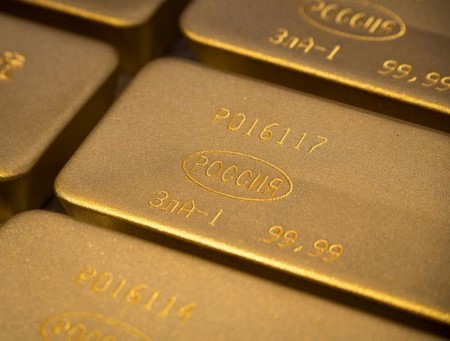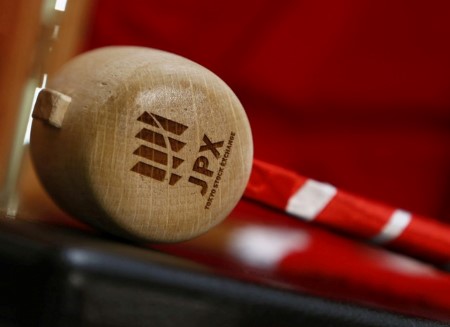Oil prices settled down about 1% to a one-week low on Monday as Hurricane Beryl shut US refineries and ports along the Gulf of Mexico, and on hopes a possible ceasefire deal in Gaza could reduce worries about global crude supply disruptions.
Brent futures fell 79 cents, or 0.9%, to settle at USD 85.75 a barrel, while US West Texas Intermediate (WTI) crude fell 83 cents, or 1.0%, to settle at USD 82.33.
Hurricane Beryl lashed Texas with strong winds and heavy rain as it churned inland. Oil ports closed, hundreds of flights were canceled and over 2.7 million homes and businesses lost power.
Texas produces the most oil and natural gas of any US state.
“Some de-risking flows this morning are partially responsible for the move down, as hedges placed ahead of Beryl’s landfall were unwound due to crude oil facilities sustaining relatively little damage in affected areas,” analysts at energy consulting firm Gelber and Associates said in a note.
In the Middle East, talks over a US ceasefire plan to end the nine-month-old war in Gaza are underway and being mediated by Qatar and Egypt.
“The complex is starting the week out under significant downside price pressure prompted by optimism regarding a Gaza ceasefire as ongoing negotiations appear to be seeing progress,” analysts at energy advisory firm Ritterbusch and Associates said in a note.
Elsewhere, investors were watching for how elections in the UK, France, and Iran over the past week would affect geopolitics and energy policies.
The French left said it wanted to run the government but conceded talks would be tough and take time, after Sunday’s election thwarted the far right’s quest for power and delivered a hung parliament.
In the US, President Joe Biden said he would not abandon his reelection campaign as he sought to stave off a possible revolt from fellow Democrats who worry the party could lose the White House and Congress in the Nov. 5 US election.
In Asia, imports of crude oil ticked lower in the first half of 2024 from the same period last year, due largely to lower arrivals in China, the world’s biggest oil importer.
In India, the world’s third-biggest oil consumer, fuel consumption rose by 2.6% year-on-year to 19.99 million metric tons in June from a year earlier.
In Germany, exports fell more than expected in May due to weak demand from China, the US, and European countries.
In Kazakhstan, the energy ministry said it will compensate for oil output exceeding its OPEC+ quota in the first half of this year by September 2025.
The Organization of the Petroleum Exporting Countries (OPEC) along with its allies, a group known as OPEC+, has already extended most of its oil output cuts into 2025.
Those output cuts have led analysts to forecast supply deficits in the third quarter as transportation and demand for air-conditioning during the summer eat into fuel stockpiles.
(Reporting by Scott DiSavino in New York, Arunima Kumar in Bengaluru, and Florence Tan in Singapore; Editing by Christopher Cushing, Sherry Jacob-Phillips, Arun Koyyur, and David Gregorio)







 DOWNLOAD
DOWNLOAD













